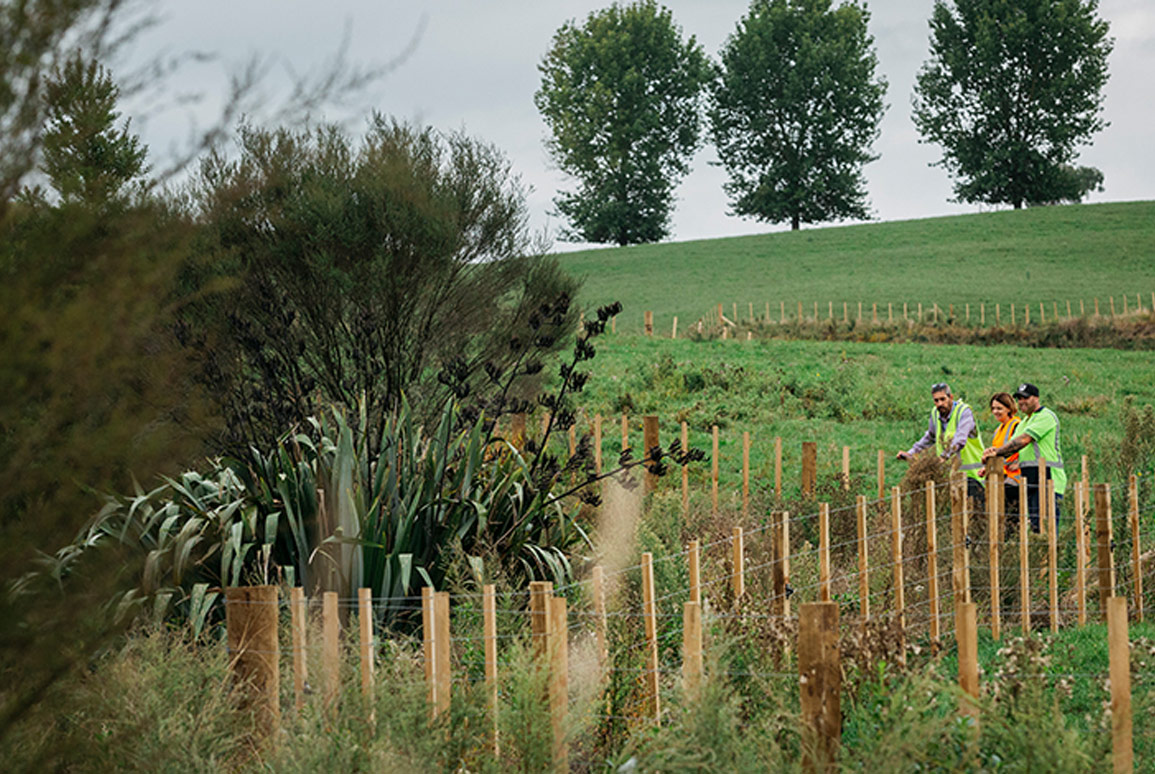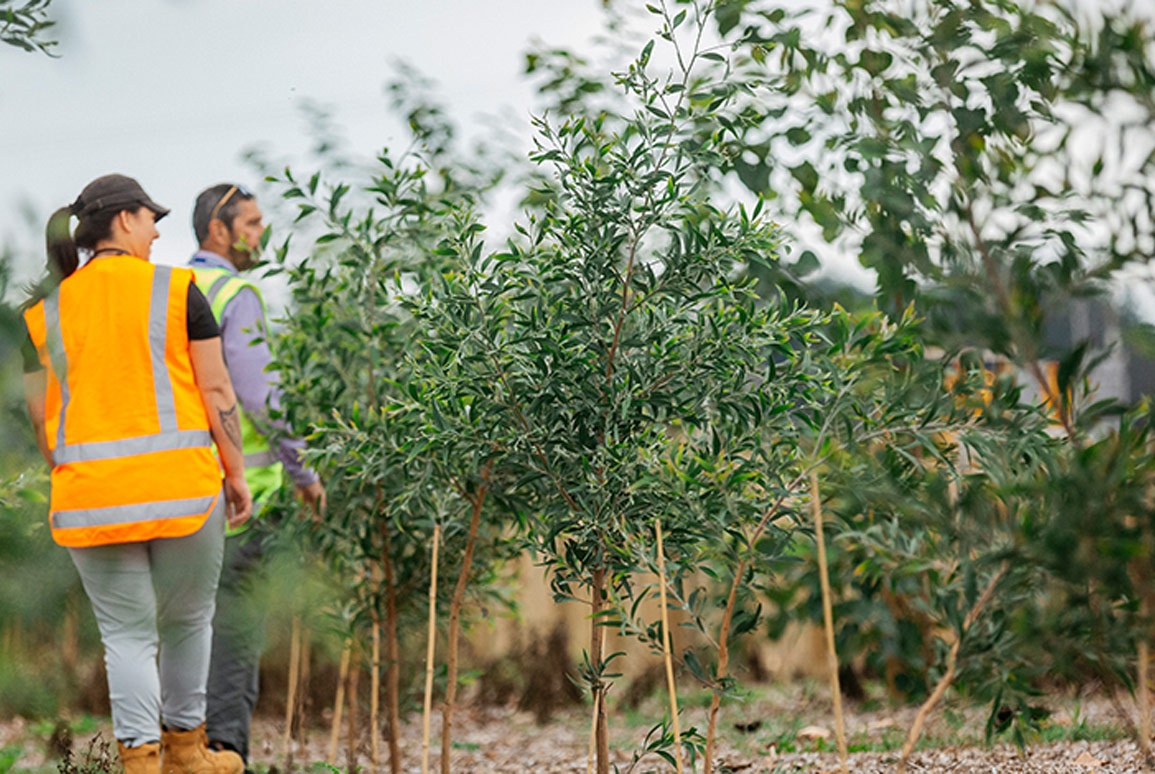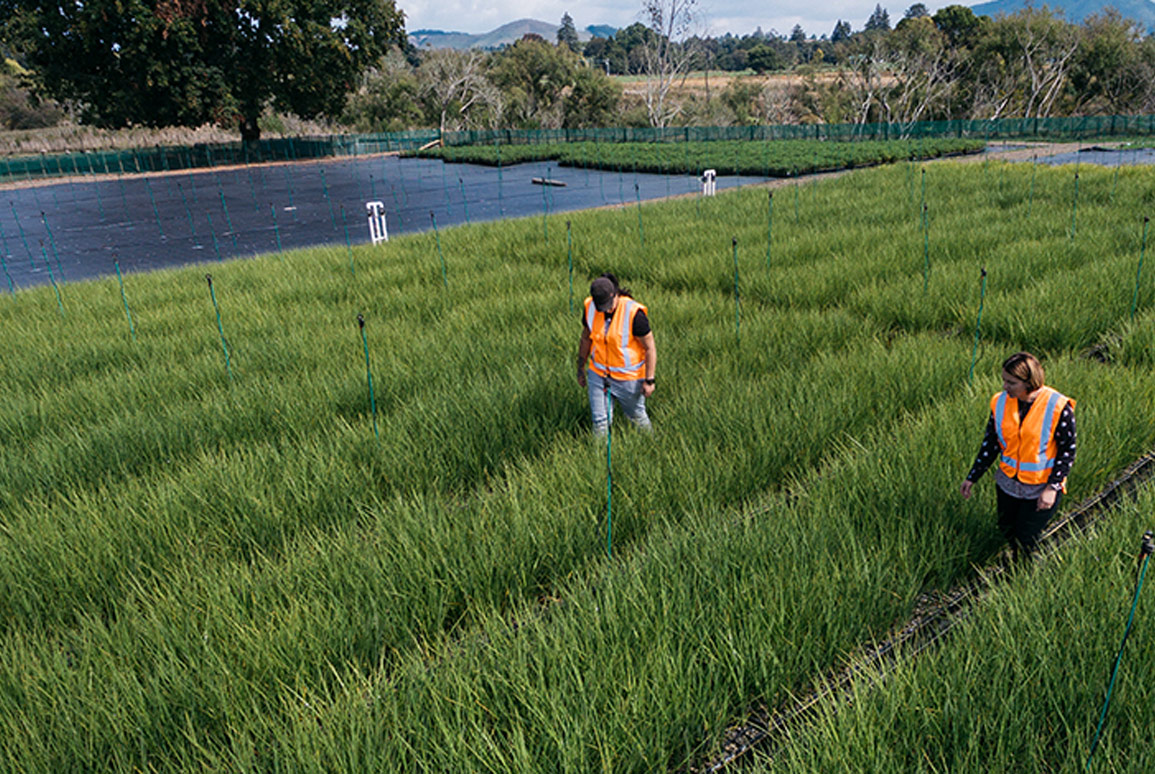Landscape Planning project wins NZILA praise
23 January 2020
The Waikeria Prison Landscape for the Department of Corrections picked up an Excellence Award for project-based Landscape Planning in the 2019 Resene New Zealand Institute of Landscape Architecture Awards.

The Waikeria Prison Project has set a standard for the planning and design professions on engagement with stakeholders, and ongoing involvement with tangata whenua and the local community. The project has shown that hands-on protection, mitigation and enhancement of rural character, amenity and ecological values can provide numerous opportunities for rehabilitation of those incarcerated within the New Zealand prison system through skills training, reconnection with the land and potential post-release employment.
The project began in July 2016 with a Prison Capacity Alternative Site Assessment to determine the most appropriate location for a proposed new prison facility in the upper north island.
Three alternative sites were assessed against a number of criteria, including landscape and visual considerations.
The focus of the project was to assist the Department of Corrections with obtaining an alteration to the designation for the Waikeria Prison site. The Department sought an amendment to allow up to 3,000 prisoners to be accommodated on the site.
From a landscape architectural perspective, the concept throughout all stages of the project process, from initial scoping to detailed design, was to ensure that the facility could be integrated in to the existing rural landscape to minimise adverse effects on rural character and the visual amenity of neighbours, while also managing the expectations of tangata whenua and other stakeholders.
The ongoing stewardship of the Waikeria Prison site and farmland is the key guiding principle for the landscape and ecological works. This has involved conservation of existing highly valued resource areas, enhancement of existing landscape and ecological values, restoration of degraded landscapes and a long-term vision of ecological biodiversity.
A revegetation and restoration plan was prepared with Puniu River Care Incorporated, Maniapoto ki Te Raki, Raukawa Charitable Trust and Te Roopū Kaumātua o Waikeria. This plan was integrated with the Landscape and Visual Mitigation Plan and Ecological Enhancement and Mitigation Plan. Central to the plan, and a condition of the Tangata Whenua Liaison Group was the establishment of a native plant nursery within the prison designation; and that, where practicable, plants for riparian revegetation will be sourced from within the ecological district. Where practicable implementation of the riparian revegetation and restoration plan is being undertaken by prisoners as part of the custodial rehabilitation and training programmes.
Award judges said the expertise of the landscape architects in the guiding of initial site selection, followed by setting key site planning and design parameters, proved to be critical in the overall success given the challenging timeframe set by Corrections.
They praised team members’ ability to work at a variety of scales, in order to document and understand the landscape resource: “To supplement this analysis, the understanding and response to local knowledge sourced through effective engagement with the local community and mana whenua, has proven to form a key to the success of this landscape planning project,” the judges’ citation read. “Too often, projects such as this fail to fully grasp the importance of effective engagement in order to assess the landscape as experienced by those that live in and whakapapa to the whenua. Given the speed at which this project was to be delivered, the skill of the landscape architectural experts involved is demonstrated, resulting in the weaving of client expectations with community benefit and remediation of the landscape.
“Importantly, the project also recognises that landscape management is enduring and does not stop once the consenting phase and even the design has been completed. To this end, the benefits of effective early engagement continues into the future through mechanisms for ongoing kaitiakitanga. The landscape architects utilised all of the tools in their tool box to achieve a successful overall landscape change, benefiting the environment and those living within it, long term.”
For further information please contact John Goodwin or Jo Soanes



